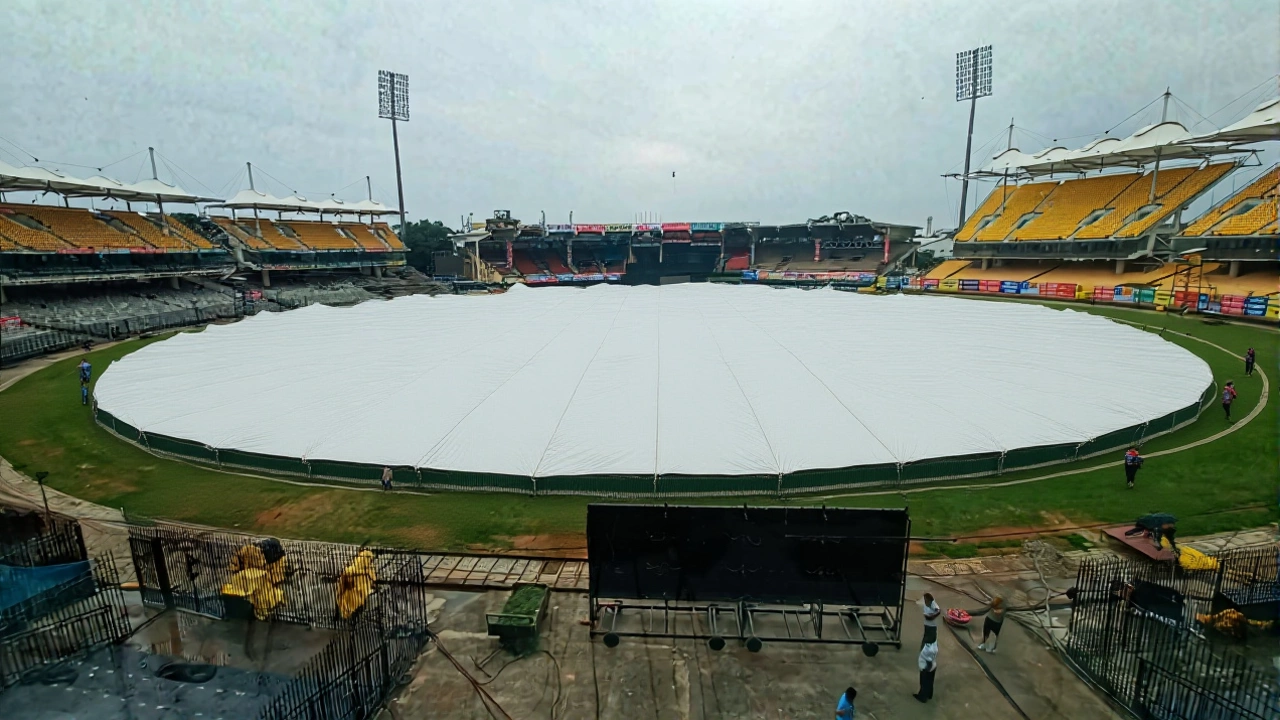T20I – All You Need to Know
When talking about T20I, Twenty‑Twenty International cricket, the shortest official format played between national sides. Also known as T20 International, it delivers fast‑paced action and global fan engagement. If you’re new to the game, think of a full match lasting about three hours – enough time for a coffee break but packed with runs, wickets and drama. Below we’ll break down how T20I fits into the bigger cricket world, why women’s cricket matters, and what tools like the DLS method do when rain interrupts play.
How T20I Connects to International Cricket
In the hierarchy of International cricket, the umbrella that includes Test, ODI and T20 formats, T20I is the newest star. It inherits the basic rules of the sport but trims each innings to 20 overs. That change forces teams to adopt aggressive strategies, leads to higher strike rates, and makes every ball count. Because of this intensity, broadcasters love T20I – advertising slots fill up, and sponsors see a quick ROI. The format also fuels player development; many youngsters first shine in domestic T20 leagues before earning a national cap.
Another key piece of the puzzle is Women's cricket, the female counterpart that runs parallel tournaments and championships. While the tag page currently highlights a South Africa Women ODI win, the same athletes often toggle between ODI, Test and T20I schedules. Their performances boost viewership, especially when matches are streamed on digital platforms. The rise of women’s T20 leagues in India, Australia and England shows that gender parity is not just a buzzword – it directly expands the fan base for T20I as a whole.
Weather can flip the script in any cricket match. That’s where the DLS method, the Duckworth‑Lewis‑Stern formula used to recalculate targets in rain‑affected games steps in. In a T20I, a sudden downpour might cut the overs from 20 to 12, and the DLS method quickly sets a fair target for the chasing side. Understanding DLS helps fans follow the drama when the scoreboard jumps unexpectedly, and it also influences team tactics – bowlers may aim for early wickets knowing the method favors them.
Beyond the field, the world around cricket shifts with policy changes and tech trends. For example, recent GST 2.0 reforms slashed taxes on small cars, making fan‑favorite models more affordable. That ripple effect shows up on match days when stadiums see more families driving in with newer vehicles. Similarly, the rise of AI tools like Google Gemini for prompt engineering mirrors how teams now use data analytics to decide batting orders or field placements in T20I. The crossover of technology and sport means the headlines you read – whether about car price cuts or AI prompt guides – indirectly shape the cricket experience.
Legal developments also touch the cricket sphere. Supreme Court rulings on hospital safety or phone‑tapping have set precedents for how sports venues handle emergency protocols and data privacy. When a stadium installs new surveillance cameras, it often cites those high‑profile cases to justify stricter security measures. So, staying updated on court decisions gives fans a broader view of why certain match‑day policies exist.
Housing projects like the Anant Nagar lottery in Lucknow illustrate the growing urban audience for cricket. As more people secure homes in metro areas, their disposable income rises, leading to higher ticket sales and merchandise purchases. The transparency of such lotteries parallels the push for clear decision‑making in cricket governance – fans demand openness whether it’s about player selections or stadium contracts.
All these threads – format rules, women’s participation, rain‑adjusted scoring, tax reforms, AI breakthroughs, court rulings and urban growth – weave together to form the ecosystem around T20I. Our collection below reflects that diversity: from match recaps and player stats to tech guides and policy analyses that matter to the cricket‑loving public.
Ready to dive deeper? Below you’ll find articles that break down recent T20I match highlights, explore the impact of women’s cricket on the format, explain how the DLS method reshapes outcomes, and even look at how broader economic and legal trends influence the game you love.

- 0 Comments
India leads England 1-0 as the second T20I heads to Chennai's Chepauk Stadium on Jan 25. Clear weather, spin‑friendly pitch, and Shami's fitness could decide the match.